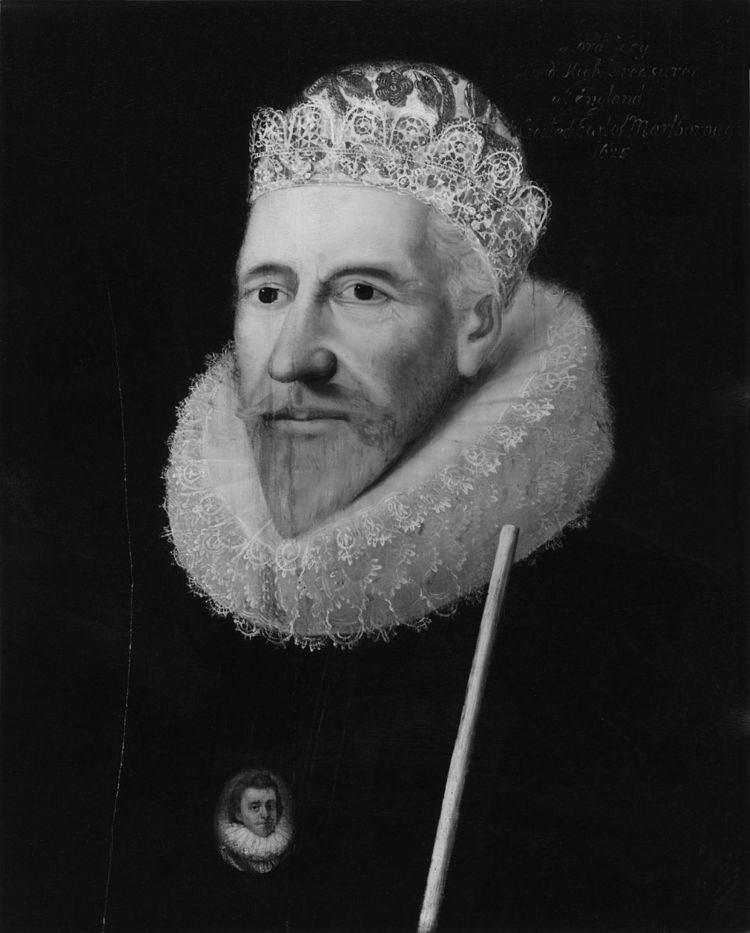 | ||
Earl of Marlborough is a title that has been created twice, both times in the Peerage of England. The first time in 1626 in favour of James Ley, 1st Baron Ley and the second in 1689 for John Churchill, 1st Baron Churchill the future Duke of Marlborough (title).
Contents
History
The first creation came on 5 February 1626 in favour of James Ley, 1st Baron Ley, Lord Chief Justice and Lord High Treasurer. He had already been created a 'baronet, of Westbury in the County of Wiltshire, in the Baronetage of England in 1619 and Baron Ley, of Ley in the County of Devon, on 31 December 1624, also in the Peerage of England. He was succeeded by his eldest son, the second Earl. He served as Custos Rotulorum of Somerset. In 1628, one year before he succeeded his father in the earldom, he was summoned to the House of Lords through a writ of acceleration as Baron Ley. He was succeeded by his only son, the third Earl. He was a naval commander and was killed at the Battle of Lowestoft in 1665. He was unmarried and was succeeded by his uncle, William Ley, the fourth Earl. William married Miss Hewet, daughter of Sir William Hewet, but dying without issue, in 1679, the Baronetcy of Ley, and Earldom of Marlborough, became extinct.
The second creation came on 9 April 1689, when John Churchill, 1st Baron Churchill, was created Earl of Marlborough, in the County of Wiltshire, for his role in the Glorious Revolution. He was subsequently created Duke of Marlborough, and the earldom has since descended with the dukedom.
